SECRETS OF DEAD POETS SOCIETY
.jpg)
Happy Birthday Robin Williams
1. Dead Poets Society was loosely based on its screenwriter's life.
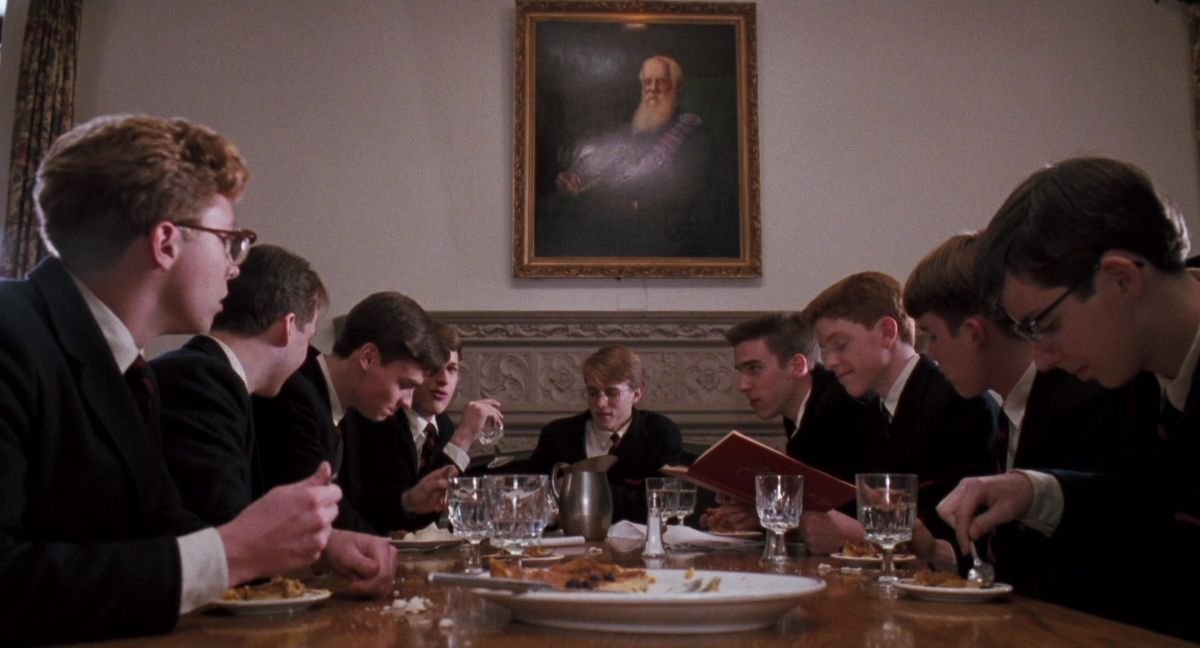
Dead Poets Society was written by Tom Schulman, who also wrote Honey, I Shrunk The Kids and What About Bob? It was the first screenplay he sold to Hollywood, though not the first one he wrote—in fact, Schulman wrote four scripts before Dead Poets Society. The story is based in part on his experiences at Montgomery Bell Academy, a prep school in Nashville, Tennessee. Most of the characters were modeled on people he knew from real life.
2. John Keating was based on two of Tom Schulman's teachers.
Robin Williams's character, John Keating, was based on two of Schulman's former teachers: Harold Clurman, who taught at the Actors and Directors Lab, and Samuel Pickering, who taught Schulman's sophomore English class. While Keating's inspiring speeches may have come from Clurman, his quirky teaching style came from Pickering. In an essay, Pickering wrote that he sometimes taught class while standing on a desk (as Keating does) or in a trashcan. One of his students remembers Pickering making him stand on a chair and flap his arms every time the class said the word “nevermore” while reading Edgar Allan Poe's The Raven.
“I did such things not so much to awaken students as entertain myself,” Pickering wrote. “If I had fun, I suppose I thought, the boys would have fun, too, and maybe even enjoy reading and writing.”
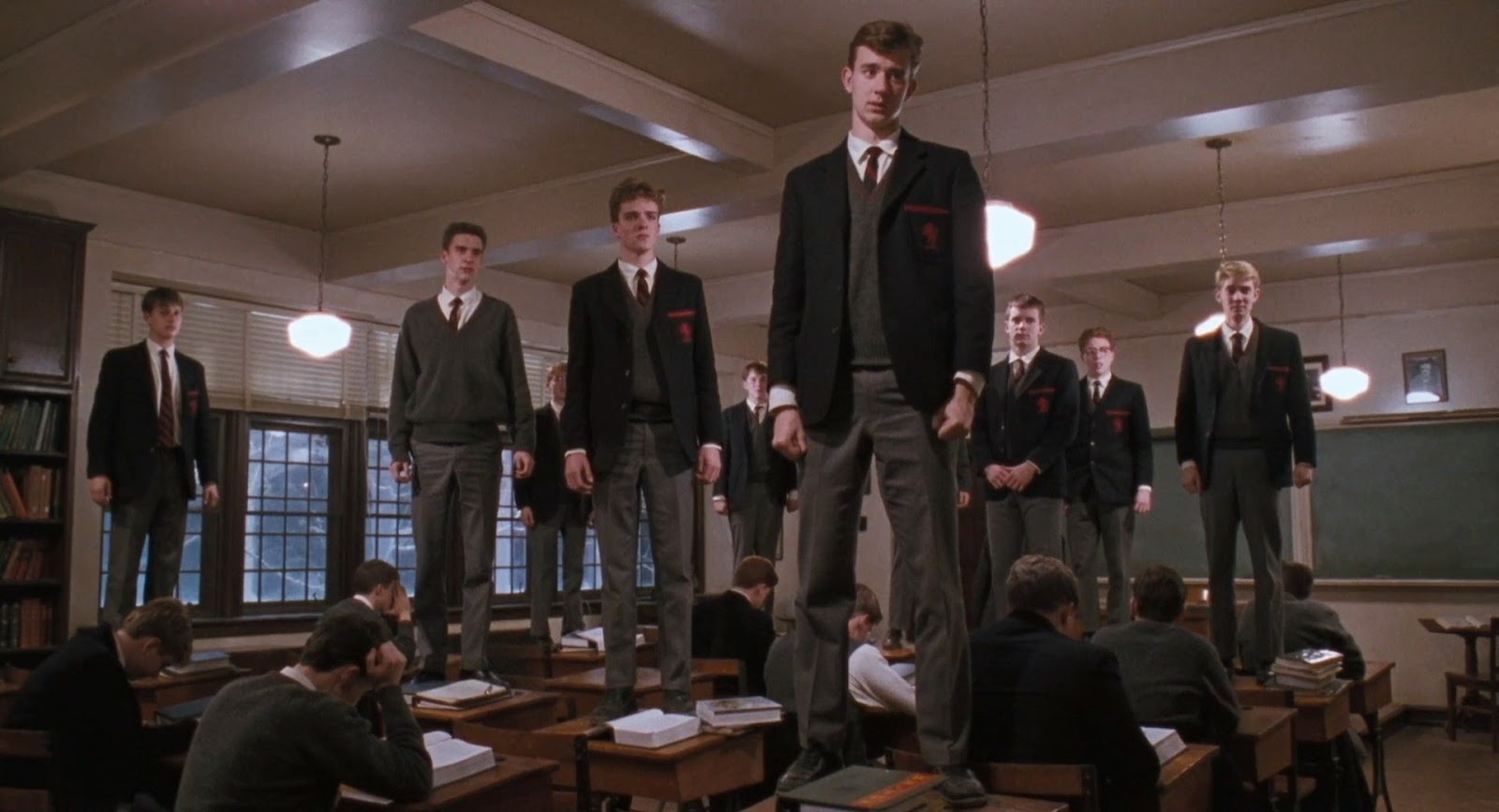
3. The studio considered turning Dead Poets Society into a musical.
They even had a title: The Sultans of Strut. Apparently, it was going to be like Fame.
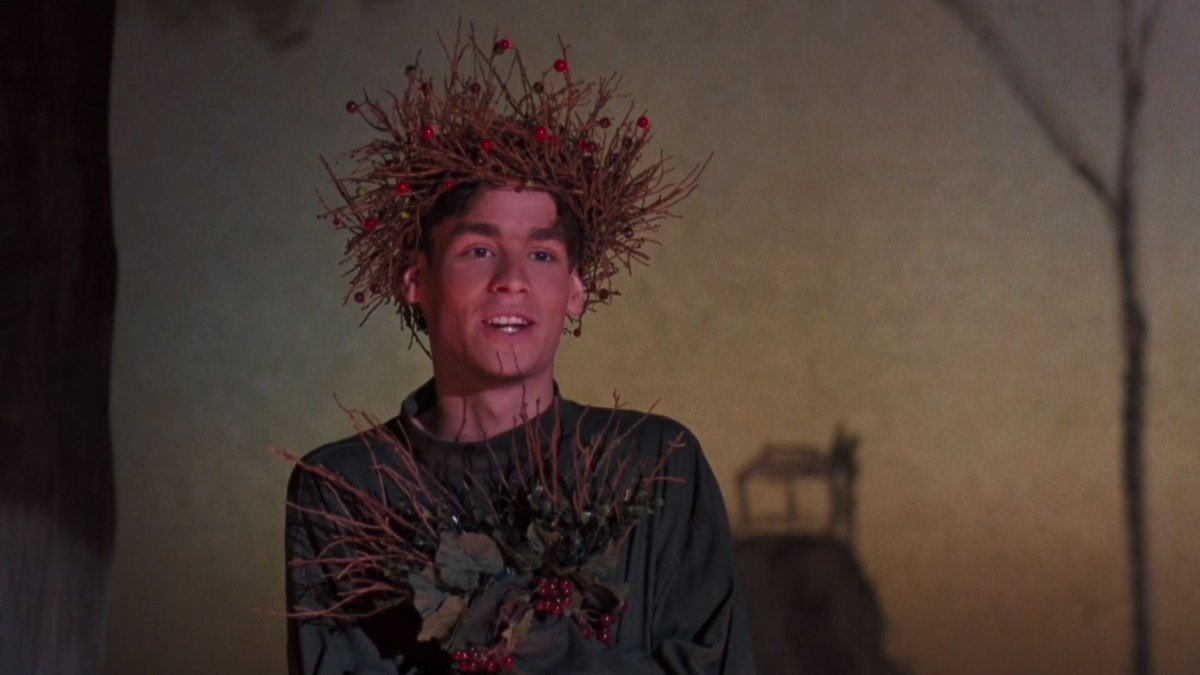
4. It was originally going to be helmed by the director of Revenge of the Nerds.
Before Peter Weir came along, Jeff Kanew—who had found success with Revenge of the Nerds—was set to direct the film. Kanew wanted Liam Neeson to play Keating, but the studio wanted Robin Williams. For his part, Williams seemed reluctant to work with Kanew, which led to a disastrously botched first day of shooting, according to Schulman:
“The studio wanted Robin Williams, and Robin wouldn't say no, but he wouldn't say yes, to working with that director. In fact, we prepped the movie, built the sets—it was going to be shot outside of Atlanta—and Robin just didn't show up for the first day of shooting. He never said he would, but Disney kept trying to pressure him by moving forward. After the first day he didn't show up, they canceled the production and burned the sets. We actually have dailies of the sets burning.”
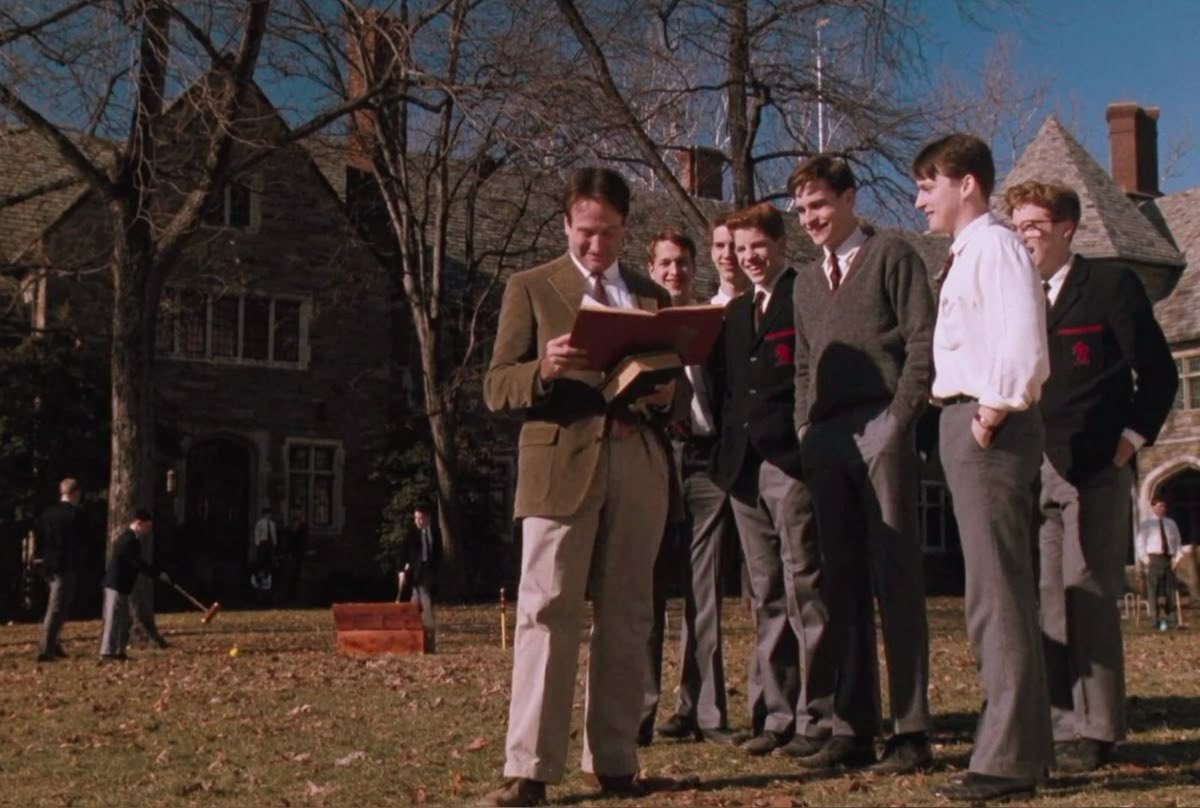
5. At one point, Dustin Hoffman was going to direct and star in Dead Poets Society.
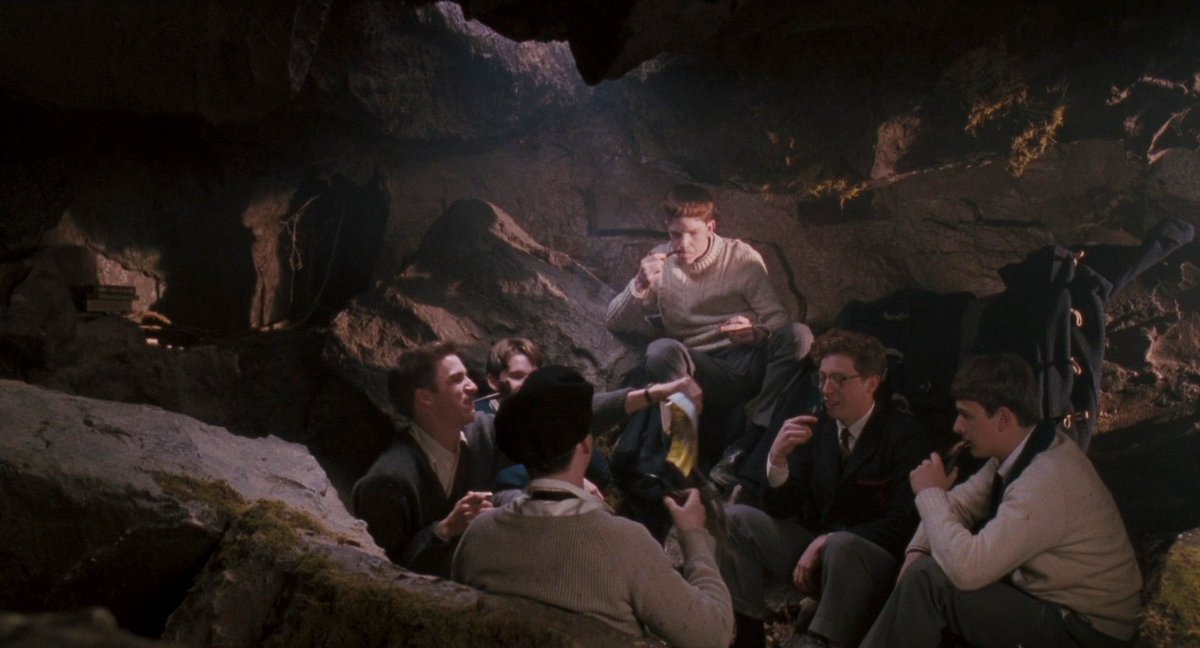
After Kanew, Dustin Hoffman signed on to direct, as well as play the role of Keating, but there were scheduling conflicts and arguments about the start date. Finally, the studio gave the movie to six-time Oscar nominee Peter Weir, who would later direct The Truman Show.
6. In the original script, John Keating is dying of cancer.
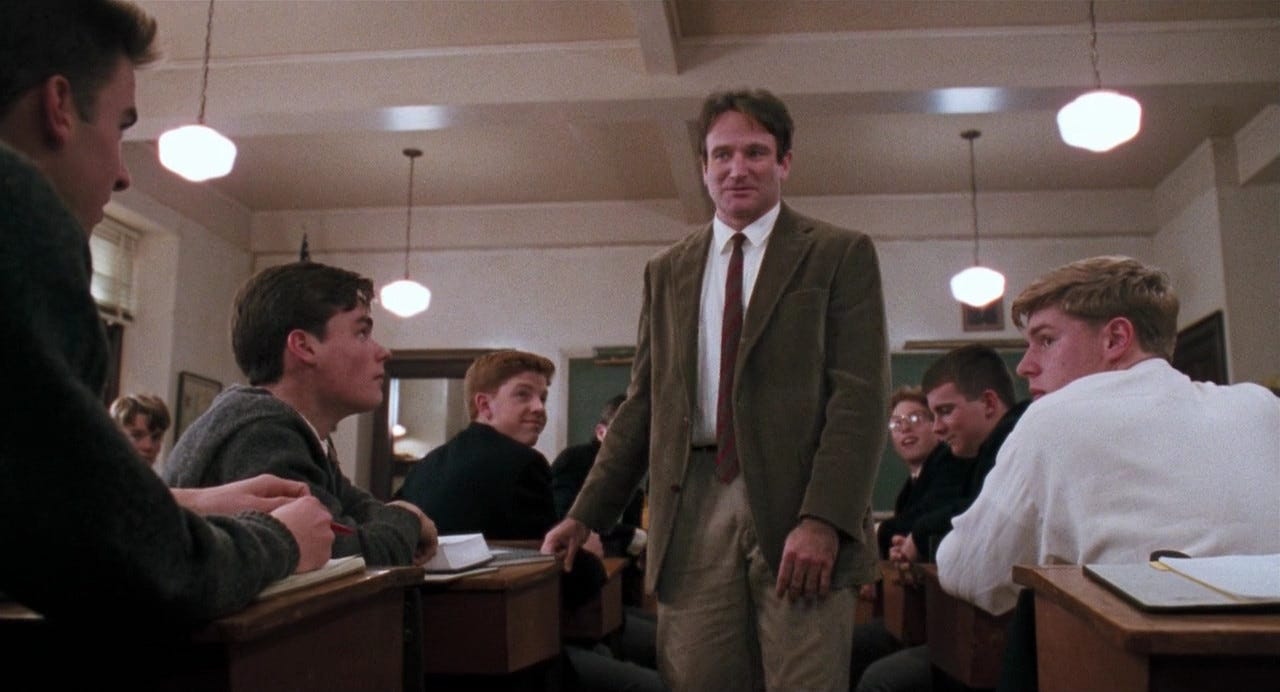
The movie is faithful to Schulman's screenplay except for a scene in which the boys discover that Keating has Hodgkin's disease. The scene was intended to show the audience why Keating is so intent on seizing the day, but Weir thought the movie was stronger without it. “You don’t have to explain it,” Weir told Schulman.
7. Filming was moved from Georgia to Delaware because fake snow is expensive.
The movie was originally going to be filmed in Rome, Georgia, but the director wanted snow to enhance the feel of a New England prep school. Since snow is expensive to replicate, they moved filming to Delaware, where snow is free.
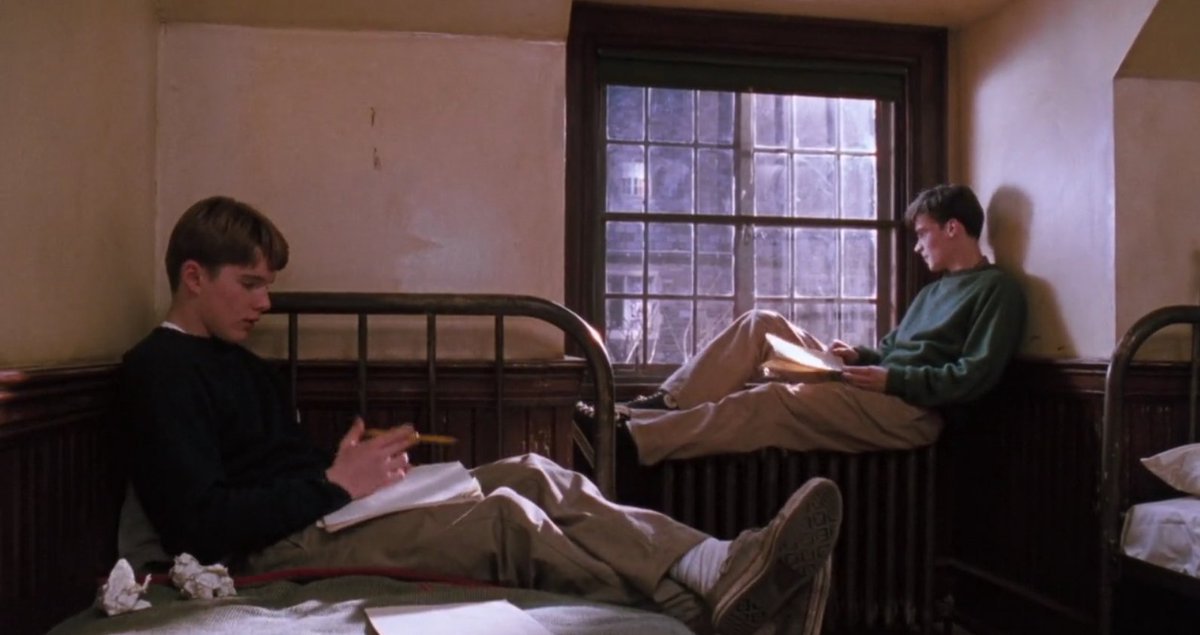
8. Dead Poets Society is rife with literary references, both obvious and obscure.
Keating tells the boys to sound their “barbaric yawp” from Walt Whitman's Leaves of Grass. He quotes Henry David Thoreau's line from Walden, “The mass of men lead lives of quiet desperation.” The boys chant lines from Vachel Lindsay's almost-forgotten poem "The Congo": “Then I saw the Congo, creeping through the black, cutting through the forest with a golden track.” Shakespeare, Robert Frost, Alfred Lord Tennyson, and Lord Byron are also mentioned.
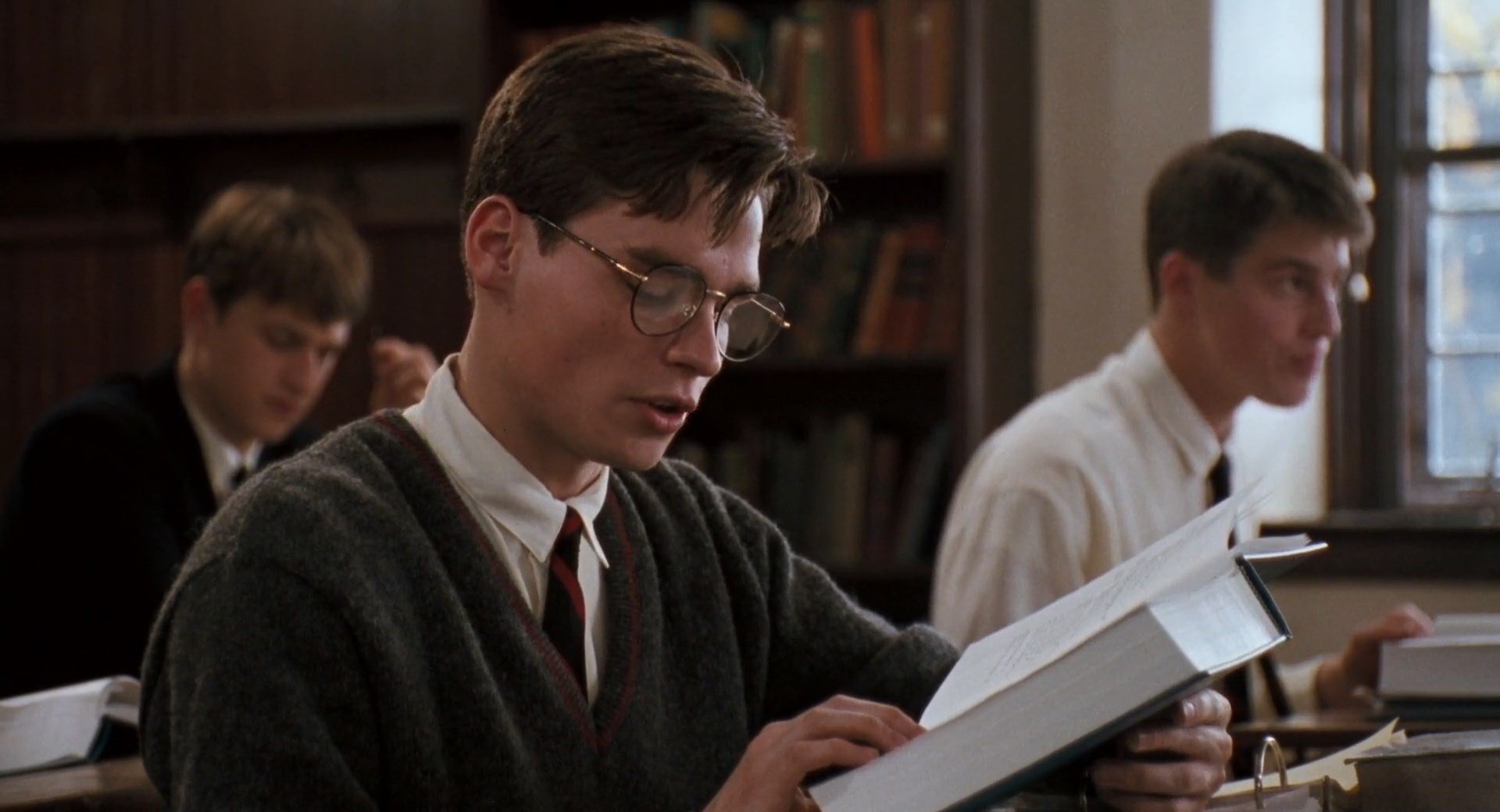
Of course, the most memorable literary reference is the use of Whitman's elegy for Abraham Lincoln. At the end of the movie, after Keating has been fired, the boys climb on their desks and declare their loyalty by saying, “Oh Captain, My Captain.”
9. Robin Williams seemed somewhat uncomfortable in the role ... until he started improvising.
When Williams first arrived on set, his portrayal of Keating was wooden and uncomfortable, so Weir suggested they improvise. He asked Williams what he wanted to “teach” the class, and he said Shakespeare. Then Williams did an improv of Marlon Brando and John Wayne doing Shakespeare, a scene that made it into the movie. After that, he relaxed into the role, and the movie started to come together.

10. A large amount of Williams's dialogue was improvised.
And not just the scene mentioned above. Producers estimated that about 15 percent of Williams's dialogue was improvised by the actor.





%402x.svg)